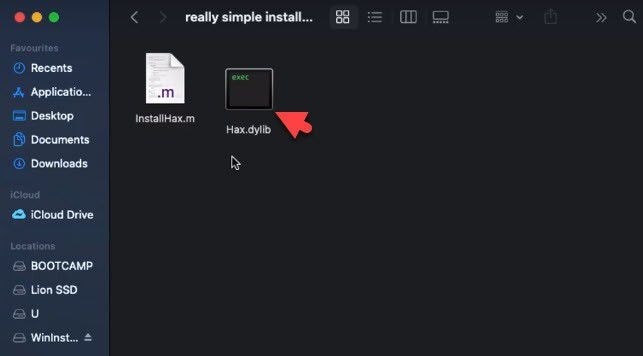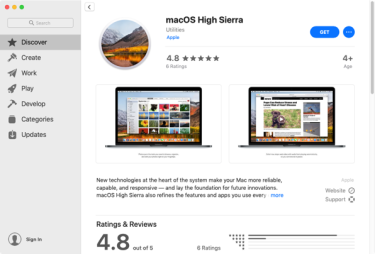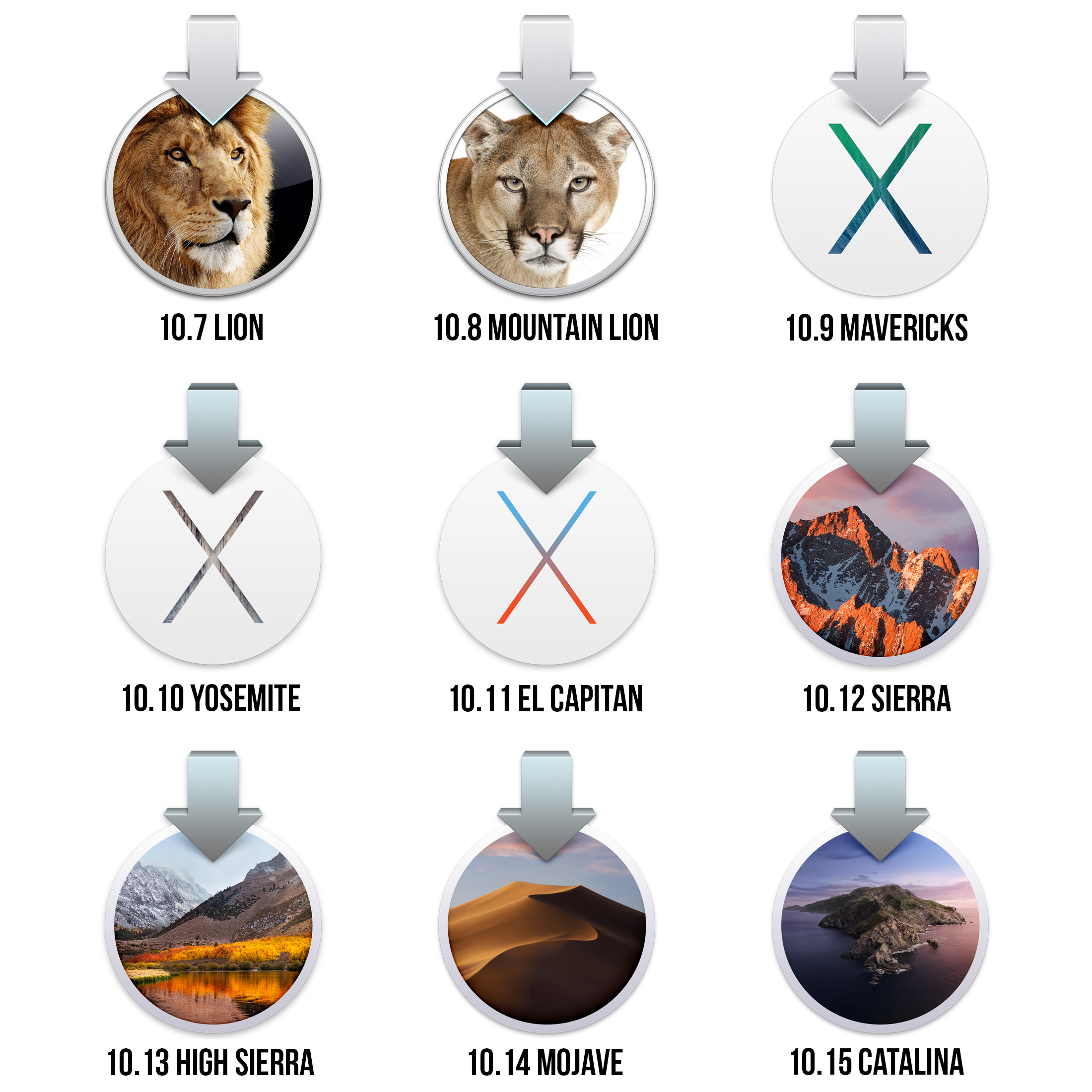- Macos High Sierra Unsupported Mac Os
- Macos High Sierra Unsupported Machine
- Macos High Sierra Download
- Macos High Sierra 10.14
- High Sierra Patcher
- Dosdude High Sierra Patcher
Mac OS Extended (Case-sensitive, Journaled) Mac OS Extended (Case-sensitive, Journaled, Encrypted) MS-DOS (FAT) ExFAT; APFS (macOS High Sierra’s new file system) APFS (Encrypted) APFS (Case-sensitive) APFS (Case-sensitive, Encrypted). Be aware that APFS is compatible only with macOS High Sierra and higher, so earlier versions of OS X or macOS. OS X El Capitan (10.11) on Unsupported Macs macOS Extractor and MacPostFactor are apps that guide you through patching and installing OS X El Capitan (10.11), Yosemite (10.10), Mavericks (10.9), or Mountain Lion (10.8) on your older Mac. This thread focuses on OS X El Capitan. Mac OS X Leopard (version 10.5) is the sixth major release of macOS, Apple's desktop and server operating system for Macintosh computers. Leopard was released on October 26, 2007 as the successor of Mac OS X 10.4 Tiger, and is available in two editions: a desktop version suitable for personal computers, and a server version, Mac OS X Server.
If you have NOT previously installed High Sierra, you can download and install this package to install the latest BootROM version. When installing, ensure your system is plugged in to power, or the update will not be installed. Insert your desired USB drive, open Disk Utility, and format it as OS X Extended (Journaled). So in this article, I will upgrade Mac 2008 to macOS Mojave. Besides that, by upgrading your old version of macOS to latest version you will get the latest features on your Mac computer. For Example from macOS Yosemite too, macOS X El Capitan, macOS Sierra, macOS High Sierra and finally in here you will learn to upgrade in macOS Mojave. Aug 03, 2019 Unsupported Mac models These Mac models may receive security updates in macOS Mojave, High Sierra or Sierra, but are unable to support the fixes and mitigations due to a lack of microcode updates from Intel.
Need instructions how to downgrade from Mojave to High Sierra on my unsupported MacPro3,1. I tried downloading and installing the High Sierra patcher and just running it like I did the Mojave patcher but it will not create bootable USB. Also because my MacPro is an early 2008 that was running an unsupported macOS, I cannot access Recovery Mode. Aug 18, 2021 macOS Catalina Patcher (formerly macOS Mojave Patcher, macOS High Sierra Patcher and macOS Sierra Patcher) is a small yet powerful tool that can help you create a bootable USB drive that can be used to install macOS Catalina on Mac computers older than mid 2012, basically acting as a macOS Mojave patch for unsupported Macs.
When you attach a storage disk to a Mac with the purpose of erasing or repartitioning it, you'll be presented with the option of selecting one of the three available partition maps: GUID Partition Map, Master Boot Record, and Apple Partition Map. In this article we will explain what a partition scheme is and which one to pick when formatting a drive.
What Is a Partition?
The fixed-sized subset of a disk drive treated as an individual unit by the operating system (in our case macOS) is defined as a partition. On every drive there are multiple partitions, and for this you will need a partition table or partition map – maintained by the operating system – to detail the status of the partitions.
Download CleanMyMac X from MacPaw’s website and clean up to 500MB of junk data from your computer while enjoying all the features of the software without major limitations. Ms office 2019 mac free download 64-bit.
GUID Partition Map
This is a standard for the layout of the partition table on a storage disk using globally unique identifiers (GUIDs). As part of the Unified Extensible Firmware Interface (UEFI) standard, GUID is a bootable standard for systems with EFI firmware such as macOS. Non-Intel Macs won't support this bootable standard, hence the only option available to them is the Apple Partition Map (APM).

Macos High Sierra Unsupported Mac Os
Apple Partition Map

Install Mac Os Sierra On Old Mac

Used on disks formatted for use with 68k and PowerPC Macs, the Apple Partition Map is the scheme that defines how the data is organized. Starting with OS X Tiger, both APM and GUID partitions can be used for accessing volumes, but PowerPC-based Macs can only boot from APM disks. While Intel-based Macs generally boot from a GUID Partition Table, they are all able to start the operating system from APM and Master Boot Record (MBR) using the BIOS-Emulation called EFI-CSM.
Master Boot Record

Introduced by IBM in 1983 to support the 10MB hard disk, the Master Boot Record is a type of boot sector developed for use with IBM PC systems. It is currently used for Windows partitions formatted as MS-DOS (FAT) or ExFAT.

Choosing a Partition Map
Now you know which partitioning map is which, the next time you insert an external drive or want to partition the built-in storage disk of the Mac, it will be easier to choose between the available options.
When formatting or erasing a volume with Disk Utility, you'll see a format menu prompt asking you to choose from:
- Mac OS Extended (Journaled)
- Mac OS Extended (Journaled, Encrypted)
- Mac OS Extended (Case-sensitive, Journaled)
- Mac OS Extended (Case-sensitive, Journaled, Encrypted)
- MS-DOS (FAT)
- ExFAT
- APFS (macOS High Sierra’s new file system)
- APFS (Encrypted)
- APFS (Case-sensitive)
- APFS (Case-sensitive, Encrypted).
Be aware that APFS is compatible only with macOS High Sierra and higher, so earlier versions of OS X or macOS won't mount an APFS volume. If you want maximum reach, Mac OS Extended (Journaled) is the right choice.
Below the file system format, the Disk Utility dialog box will list another contextual menu, the partition map scheme, which gives you another great tool to create targeted volumes. If you are looking to format a disk that will be shared with Windows users, the MBR scheme and MS-DOS (FAT) are the best choices. For drives used with Intel-based Macs only, the GUID Partition Map should the option to go for.
Macos High Sierra Unsupported Machine
Mac Os High Sierra On Unsupported Mac
If you don't see the partition map scheme option, it is likely because Disk Utility doesn't list all volumes. This will prohibit Disk Utility from erasing the disk and show you an error message. To address this issue, you should click on the View button located in the top-left side of the Disk Utility dialog box and select “Show All Volumes”. From that point on, Disk Utility will ask for your partition map preference, and the formatting process will be smoother.
Macos High Sierra Download
Best Mac Optimization Software of 2021
Macos High Sierra 10.14
| Rank | Company | Info | Visit |
| |||
| |||
|
High Sierra Patcher
Mac Os High Sierra On Old Macbook Pro
Dosdude High Sierra Patcher
Get the Best Deals on Mac Optimization Software
Install Mac Os Sierra On Unsupported Mac
Stay up to date on the latest tech news and discounts on Mac optimization software with our monthly newsletter.